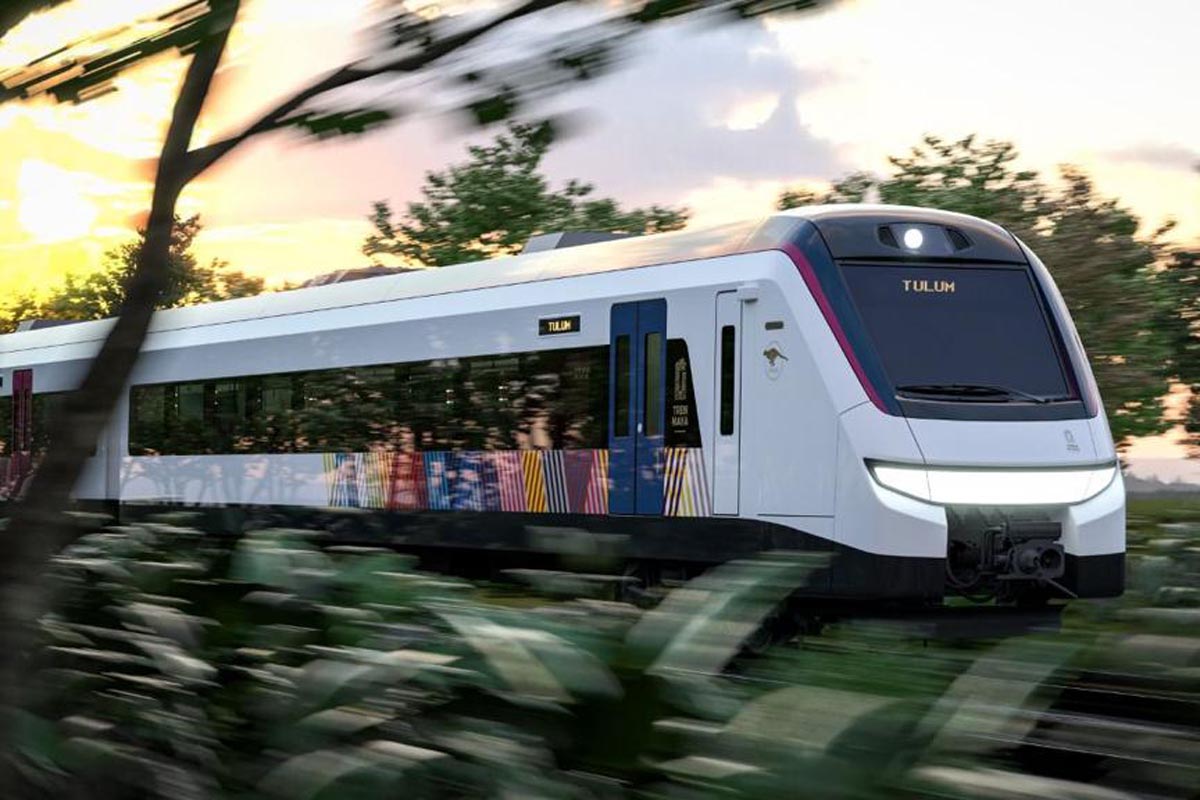Skift Take
The Mexican government aims to steer travelers toward less explored areas on the Yucatán Peninsula via a tourist train. But those efforts could backfire if it doesn't improve infrastructure where it's needed.
Mexican President Andres Manuel Lopez Obrador confirmed that six hotels will be built alongside the Tren Maya, a controversial railway that aims to provide access to the Yucatan Peninsula’s most popular tourist attractions.
So how is the Mexican hotel industry reacting to the project, which has attracted heavy criticism due to concerns it could endanger wilderness and ancient caves? Sector executives are taking a wait-and-see approach.
“Hotel owners remain in waiting,” said Dirk Urban, director of UP Consultoria, a Playa del Carmen, México-based consultancy firm involved in hotel projects. “Plans are still changing.”
Mexican authorities have said the train should be completed by December, although some figures involved in the country’s tourism industry believe it’s unlikely.
“We will probably not see any boost for the sector coming from the Tren Maya this year” said Francisco Madrid, director of the Centro de Investigación y Competitividad Turística Anáhuac, or Cicotur, an observatory specializing in tourism.
“Infrastructure works are always welcome in this region. But trains have not been very significant in terms of … income for the tourism sector in Mexico so far, except in the North.”
Regardless, Paulina Roura, risk consulting partner of consulting firm BDO Mexico, believes the Tren Maya will help spark more investment in the Yucatan’s tourism infrastructure. Hyatt already announced plans earlier this year to open 5,000 more rooms in two destinations along Mexico’s Caribbean coast, Tulum and Isla Mujeres. The Secretaría de Fomento Turístico, or Sefotur, has said the Yucatán is among the country’s top five destinations for private tourism investments.
Now the government is planning to become a player in the hotel sector.
Madrid argued the government’s plans to open hotels aren’t surprising since the private sector in Mexico is used to the current administration’s enormous influence in the economy. He pointed out that in the 1970s, the Mexican government helped develop Cancún as a leading tourism destination by investing enormously in tourism infrastructure. The Cicotur director believes Mexican authorities want to play a similar role in the development of the Yucatán, although the government has less relevant experience in the sector.
However, sources from Mexico’s Secretariat of Tourism said the strategy to develop tourism in Yucatan today differs substantially from the one used in Cancun during the 1970s, with a heavy emphasis on not only economic development but improving the region’s social and environmental landscapes. The department identified destinations and tourist activities they wanted to boost around stations, and recently made a proposal for 64 related tours and tourism packages.
As for how much the Tren Maya will boost Mexico’s tourism industry, Urban believes it’s impact will be minimal despite describing it as good complementary infrastructure. Likewise, Madrid feels large private investments would take place even without the Tren Maya.
“It is the region in Latin America with the largest tourism development and investments,” he said. “The train is an added value, but it is not causing the boom.”
The Daily Newsletter
Our daily coverage of the global travel industry. Written by editors and analysts from across Skift’s brands.
Have a confidential tip for Skift? Get in touch
Tags: hotels, hyatt, mexico, trains
Photo credit: A simulated image of the Tren Maya. The Mexican government is planning to build hotels alongside it. Source: FONATUR, Fondo Nacional de Fomento al Turismo
